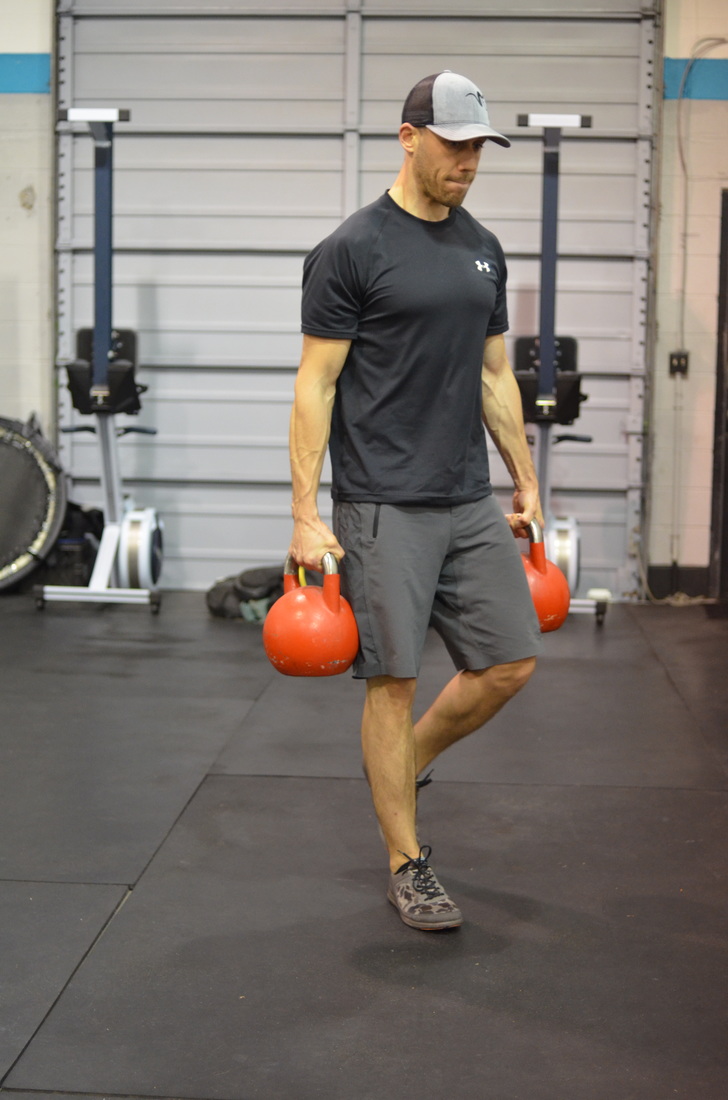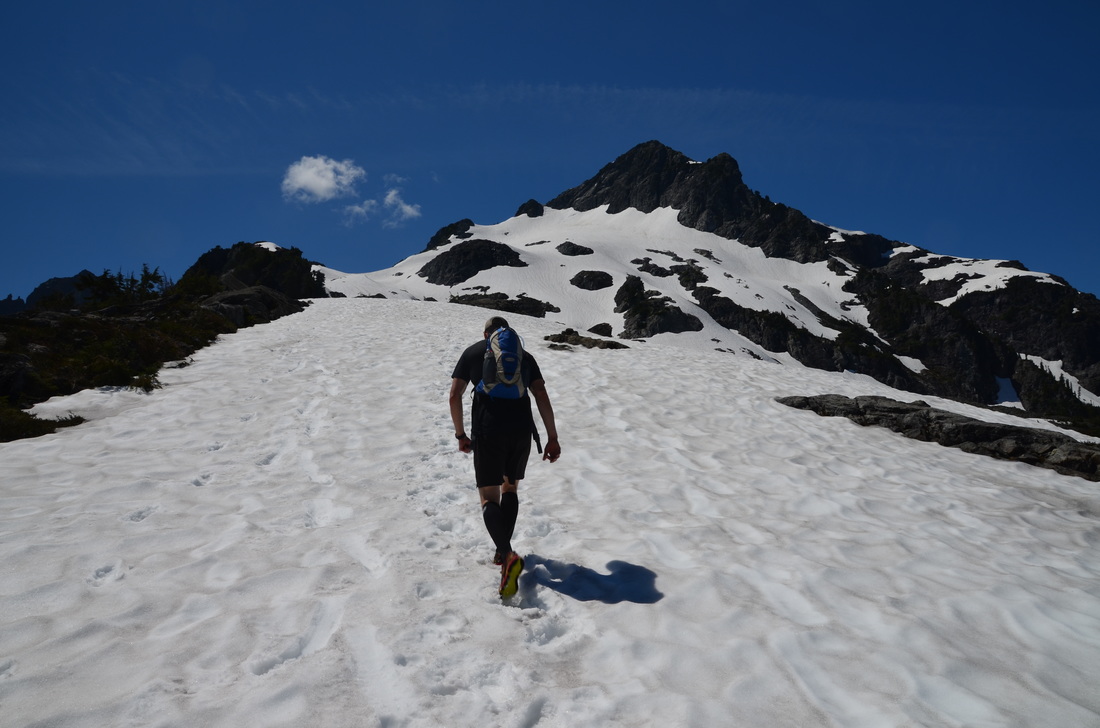Terms like WOD, HIIT, Tabata and Work Capacity have become commonplace in training and conditioning discussions over the past few years. CrossFit and many other spin-offs have popularized these types of programs and indoctrinated the masses into believing that a 15 – 20 minute training session completed at high intensity is the answer to all our training woes. In our opinion, the pendulum has swung a little too far in favour of these “quick and dirty” style workouts but this is not to suggest these short, intense circuits or intervals aren’t an important part of a balanced training plan. And balanced is the key word there. As outlined in previous articles, how and when you implement any specialized form of training should be based on your overall training objectives. If you’re training for a CrossFit competition then complete WODs to your heart’s content. But if your program is dedicated to preparing you for multi-day backcountry hunting, these short but intense training sessions should play a primarily complementary role in your overall program.
Now the reverse is also true. If all you do is hike or worse, stairs or stairmaster workouts with a pack, even for longer duration, this will not build a balanced and capable body when the season comes around. As we outlined in Train the Way You Hunt, adaptability reigns supreme in the backcountry. The mountain hunter needs to be “ready for anything” on any given day so your training should reflect this.
Run and gun style elk hunting requires aggression, speed of thought and movement so if you’re gassed out from the intense bursts of energy required to keep on that bull you may miss the opportunity you’ve spent the entire off-season training for. Early season, high-alpine muley hunting can bring numerous opportunities on a daily basis often at punishing elevations and in punishing terrain, so your ability to recover and get after it day in and day out is essential to success. A band of slowly feeding rams can be headed off before disappearing over a pass if you have the legs to get there in time.
These are all scenarios where “work capacity” or what’s more appropriately known as “power-endurance” is integral. Think of power-endurance as horsepower. For the bulk of your mountain hunts, you’ll rely on steady state endurance and whole body strength but there will be moments when you’ll need every drop of horsepower you can muster. And these are often the moments that make or break a hunt.
So the key to building a balanced, mountain ready body is training all aspects of your strength and cardiovascular systems. In our opinion, and as we’ve covered in the articles to date, the dedicated mountain hunter should initially focus on two things: building a solid base of oxidative capacity (aka low-gear, steady state endurance) and building true whole body strength through whole body or multi-joint movements like deadlifts, weighted carries, Turkish Get-Ups and other similar exercises (see The Three Most Important Lifts for Hunter for more information on this). Once these fundamentals are in place, these shorter, intense training sessions can and should be introduced on a regular basis. These specific sessions build power, elevate your endurance threshold and help train the body to recover and process the metabolic byproducts of exertion incredibly well.
The problem with training your power-endurance system is it hurts, plain and simple. There is no easy way about it. It’s the hard yards, the puke in the garbage can in the corner, the kill me now type of workouts that drive improvements in this key component of your overall fitness.
Rob MacDonald, Director of Training at Gym Jones puts it well in his recent article Training Through Pain: Salvation Through Suffering:
“If a workout is hard enough you will know it. During a workout you should think four things. The first you should think is: “I’m not going to make it”, the second is: “I want to quit”, the third is: “I’m going to die if I keep going”, and the fourth is: “I’d rather just die than finish this… That is the effort required here. Any thing less is just not acceptable. Learn to hurt and learn to suffer.”
By no means are we suggesting this is easy to accomplish and these types of workouts make having a training partner or group to train with truly essential. It’s difficult to push yourself to this level of pain, we’re all human and there are many ways to rationalize quitting. But when training in a group or partner environment we’re much more likely to push past our perceived limits. This is where true power-endurance is built.
There are literally countless approaches to training in this manner. As noted at the beginning, there are more WODs to be found online than ever before, but choose wisely and more important be creative. Remember, we’re talking about mountain applicable training here so when looking to hurt like never before in a power-endurance session always keep the principles from Train the Way You Hunt in mind. If you haven’t read it, go back and do so.
For some specific examples of power-endurance workouts or power-endurance tips read Rob’s article quoted above and our own posts on the Field Notes blog, Training for Dynamic Environments Part 1 and Part 3. Once the fundamentals are in place, we suggest adding a power-endurance workout once or twice per week, depending on your training volume. This keeps the body adaptive and responsive to dynamic conditions and demands. As the season or your hunt approaches these workouts should become a more emphasized component of your training program (2-3 times/week) while you “rest” your legs and body from the heavy and long duration work that formed the foundation of your fitness over the majority of the off-season. This keeps the body “tuned” from a cardio and strength standpoint but reduces load and volume and provides relative rest in the lead-up to your hunt.
We can assure you, as much as this training approach will make you suffer, when the moment comes this season where you have to dig deep, and tap into every ounce of the horsepower and grit you’ve built, that hurt will be a distant memory and the power and confidence you’ve built to push through the hard yards could be the difference between coming out heavy or coming out beat up and empty handed.



